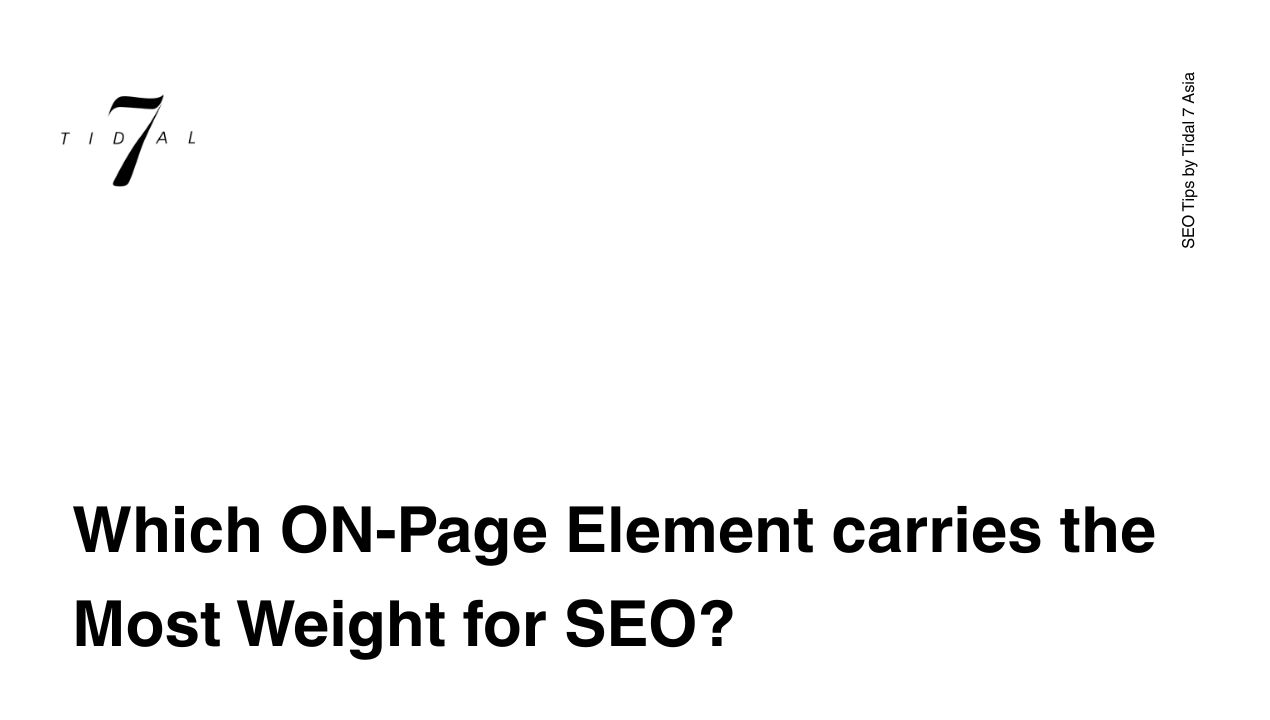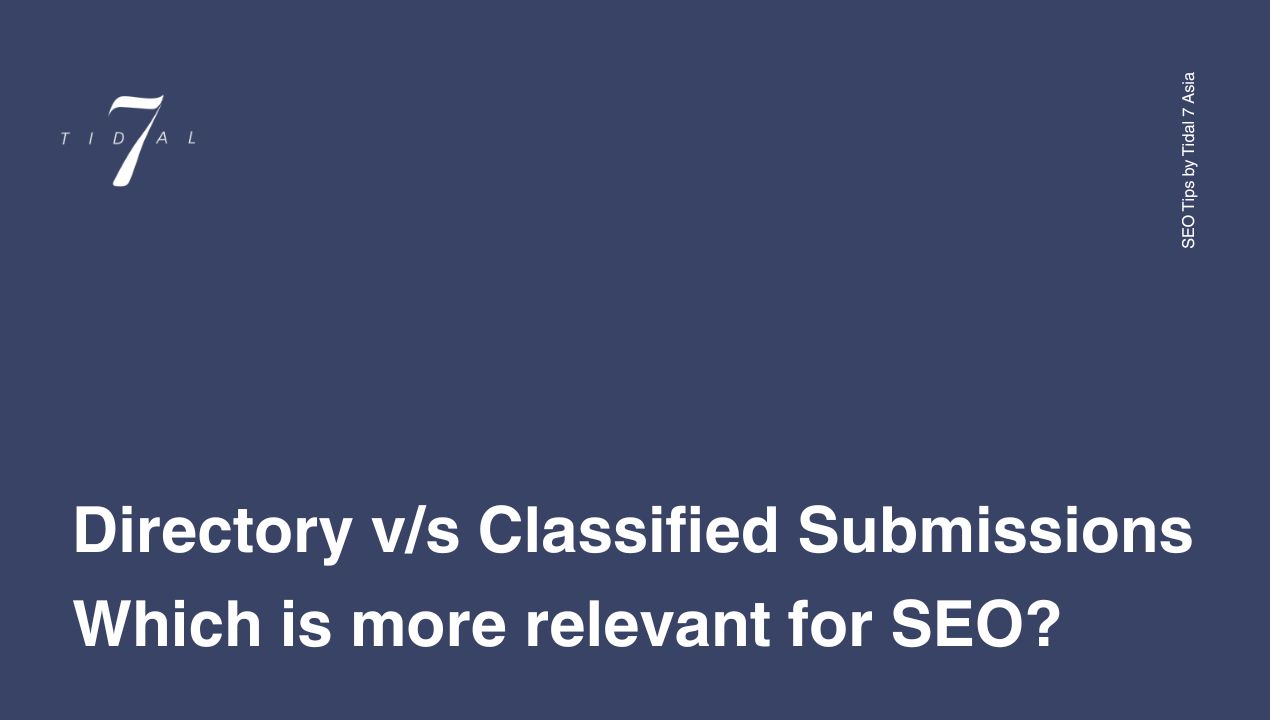
Why Most Ads Fail (And What Makes the Good Ones Succeed)
Why Most Ads Fail (And What Makes the Good Ones Succeed)
In today’s saturated media landscape, the average consumer is bombarded with between 4,000 and 10,000 advertisements every day and remembers only an infinitesimal fraction of them. The statistics are depressing: only 55% of consumers believe ads, Nielsen reports, while the Advertising Research Foundation discovers that a staggering 77% of television commercials create no memory. Web performance is not much better—display ad click-through rates sit at an abysmal 0.05%.
But among this ocean of forgettable advertising, there are some campaigns that break through the white noise and yield real results. The distinction between failure and breakthough isn’t happenstance—it’s strategic, creative, and human.
Why Most Ads Fall Short
- Brand-Centric, Not Customer-Centric
Most marketers are too busy with their own messages and lose sight of what their audience really needs to hear. They create ads that praise product features, celebrate company anniversaries, or use insider lingo—things that mean a great deal to them but little to their customers.
The most successful ads start with a deep understanding of the people, using true pain, desire, or cultural zeitgeist that genuinely resonates with people. Take Apple’s classic “Think Different” campaign, which commemorated the spirit of its consumers instead of just enumerating technical specifications.
- Seeking Interruption Instead of Invitation
Old-fashioned advertising was based on interruption—interrupting people’s attention by coercion. But in the opt-in age, interruption provokes active resentment.
The Alternative: Effective modern advertising creates genuine value worthy of notice through entertainment, utility, information, or emotional resonance. Spotify’s yearly listener reports transform what otherwise would be intrusive data collection into a highly anticipated annual tradition that users voluntarily share and celebrate.
- Prioritizing Cleverness Over Clarity
The majority of brands produce ads that are so abstract or conceptual that the message content is lost. Creativity is highly important, but it should never be ahead of clarity in priority.
The Alternative: Brilliant ads get the perfect balance of creative genius and crystal-clear communication. Dollar Shave Club’s launch video presented a disruptive value proposition with personality and humor: “Our blades are f***ing great.” Clarity cut through, and the creativity made it stick.
- Without Emotional Resonance
Entirely logical, feature-based advertising overlooks a universal fact: we buy on emotion and justify with logic. Commercials that appeal solely on a logical basis without emotional ties fail to create vital connections.
The Alternative: Breakthrough campaigns reach deep into the very heart of human feelings—joy, fear, hope, belonging, and surprise—producing psychological impressions that stay much longer than logical arguments. In Thailand, insurance advertisements make viral phenomena by crafting rich emotional stories that connect life’s vulnerabilities with their products.
- Adhering to Proven Formulas Instead of Taking Strategic Risks
Fear of failure makes most brands create advertising by committee, playing it safe within category norms and avoiding anything that could be polarizing.
The Alternative: Unconventional advertising takes a dash of courage to really stand out. When Burger King rolled out their “Moldy Whopper” campaign—showing their product rotting to highlight the absence of preservatives—they consciously broke every fast food advertising rule, generating massive publicity by breaking audience expectations for the sake of a big message.
The REACH Advertising Success Framework
Nearly all successful campaigns reflect these five principles:
R: Relevance
Good ads speak to real audience needs, values, or cultural moments. They are timely and perceived as needed, as opposed to forced or interruptive.
Example: Patagonia’s “Don’t Buy This Jacket” campaign beautifully overlapped with growing consumer interest in sustainability, generating huge relevance with conscious consumers.
E: Emotion
Breakthrough ads create a special emotional effect that builds memory frameworks in customers’ minds that make the message more powerful and memorable.
Example: Google’s “Year in Search” campaigns take data-driven information and turn it into emotive stories about our shared human experience.
A: Authenticity
Customers now have very sensitive BS detectors. Effective advertising is seen as sincere and with the brand’s real aim and values in mind.
When Dove introduced their “Real Beauty” campaign, they did not just produce commercials; they fundamentally altered their entire approach to guarantee sincerity in every facet of the consumer experience.
C: Clarity
Effective commercials tell one clear, uncomplicated message with unshakeable consistency, refusing to reveal everything at once.
Example: Geico’s “15 minutes could save you 15% or more” has been its stalwart for decades. Though creative executions change, this core message never does, drawing strength from clarity and consistency.
H: Humanity
The finest marketing comes across as if made by people for people, full of all the fallibility, humor, weakness, and sense of connection that that entails.
Example: Ikea’s “Lamp” ad tricked us into sympathizing with a discarded lamp before expertly breaking the fourth wall: “Many of you feel sorry for this lamp. That is because you’re crazy.” The ad worked because it took advantage of our tendency to anthropomorphize objects.
The Implementation Gap: Why Knowing Isn’t Doing
If these principles seem straightforward, that’s because they are. The challenge isn’t understanding what makes great advertising—it’s implementing these insights effectively:
- Transitioning from Research to Insight
Most brands gather massive amounts of data but struggle to convert them into human-interpretable insights. They confuse data with true understanding.
Solution: Create steps to extract patterns of emotion and behavior from data to link observable customer behavior to causative drivers.
- From Brief to Creative
Even the best strategic brief can be undone by creative development that prioritizes design taste over strategic need.
Solution: Design co-operative processes where strategists and creatives collaborate together rather than sequentially, with measures of evaluation against strategic goals rather than personal taste.
- From Testing to Learning
Most brands use rigid measurements that shortchange distinctive, emotionally rich ideas for the sake of safer, more traditional approaches.
Solution: Adopt testing methodologies that evaluate ads on more than one factor, namely their ability to provoke emotion and memorability.
- From Campaign to Connection
Most brands prefer to think in silos of single campaigns rather than sustained conversations, creating intermittent bursts of activity instead of coherent experiences.
Solution: Create communication architecture that bridges each touchpoint with a master narrative, building a cumulative impact instead of discrete impressions.
Case Study: How Nike Gets It Right
Few brands do breakthrough advertising quite as well as Nike. Their approach embodies every aspect of the REACH model, with cultural relevance, emotional narrative, authentic brand values, and a clear message that echoes “Just Do It,” while embracing the expansive range of human potential.
The result is not just iconic marketing—it’s category dominance that has allowed Nike to maintain premium prices, loyalty, and cultural relevance across generations.
The Bottom Line
The standard for ad effectiveness will continue to increase as consumer attention becomes increasingly fragmented and selective. The future is for those brands that are willing to sacrifice comfortable mediocrity for genuine, emotionally engaging communication that honors the intelligence and the humanity of their consumers.
In a world of skippable, scrollable content, breakthrough advertising is not a creative aspiration—it’s a business imperative. The brands that understand this fact will thrive, and the ones that hold on to traditional thinking will be yelling into an ever-hollower space.




